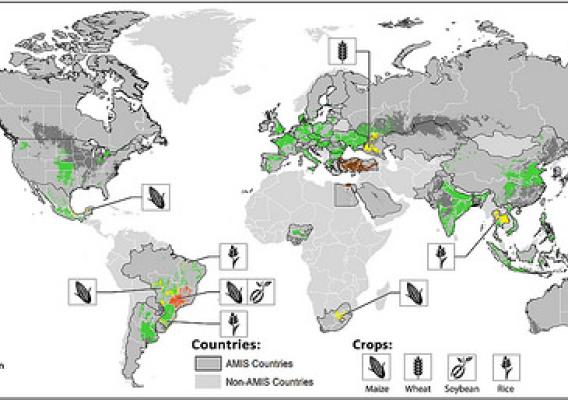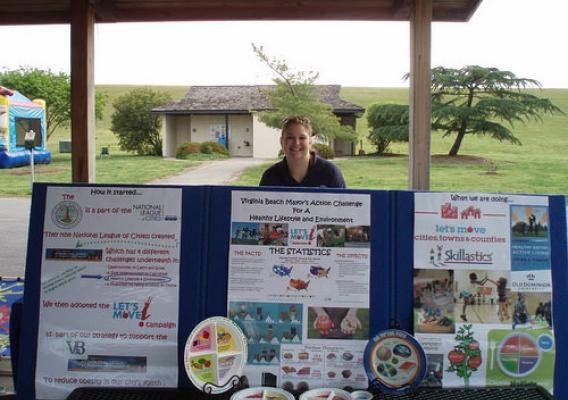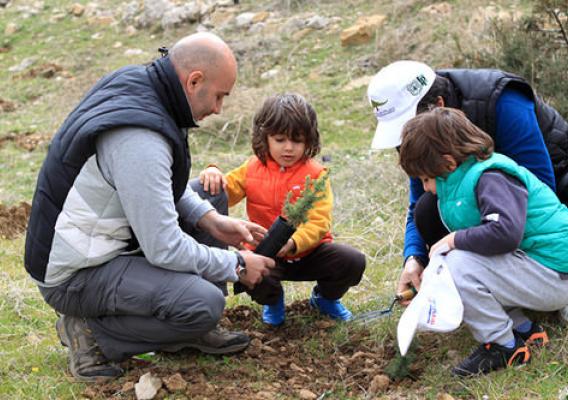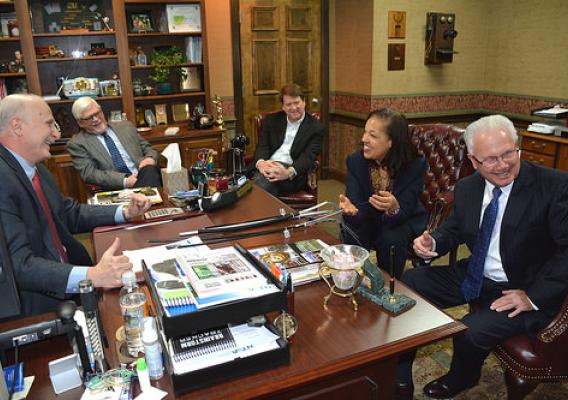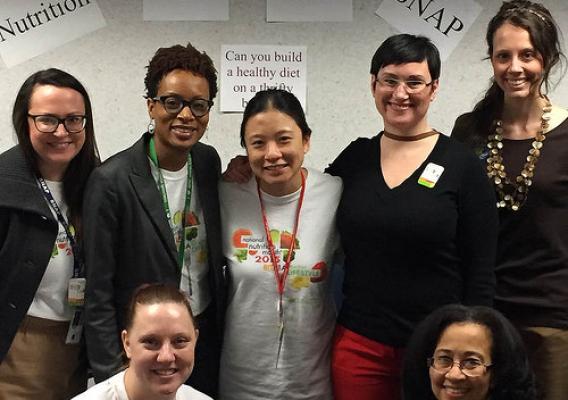During my trip to Kentucky, I was truly gratified to see Rural Development’s footprint throughout small towns spread across all regions of the Commonwealth. From water lines, broadband networks, wastewater treatment plants, single and multi-family housing, electric lines, senior centers, hospitals and small businesses, Rural Development helps build communities from the ground up working in partnership with local groups.
Last year, 73 Kentucky counties enduring some of the state’s toughest economic challenges were designated to receive targeted USDA support through USDA’s StrikeForce for Rural Growth and Opportunity Initiative. Soon thereafter, President Obama designated a region of eight counties in the state’s southeast corner as one of the country’s first five Promise Zones. Under these designations, USDA works with local partners to leverage federal resources to address the area’s chronic poverty challenges and improve the overall quality of life in the region.

